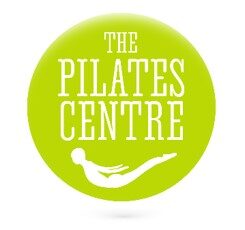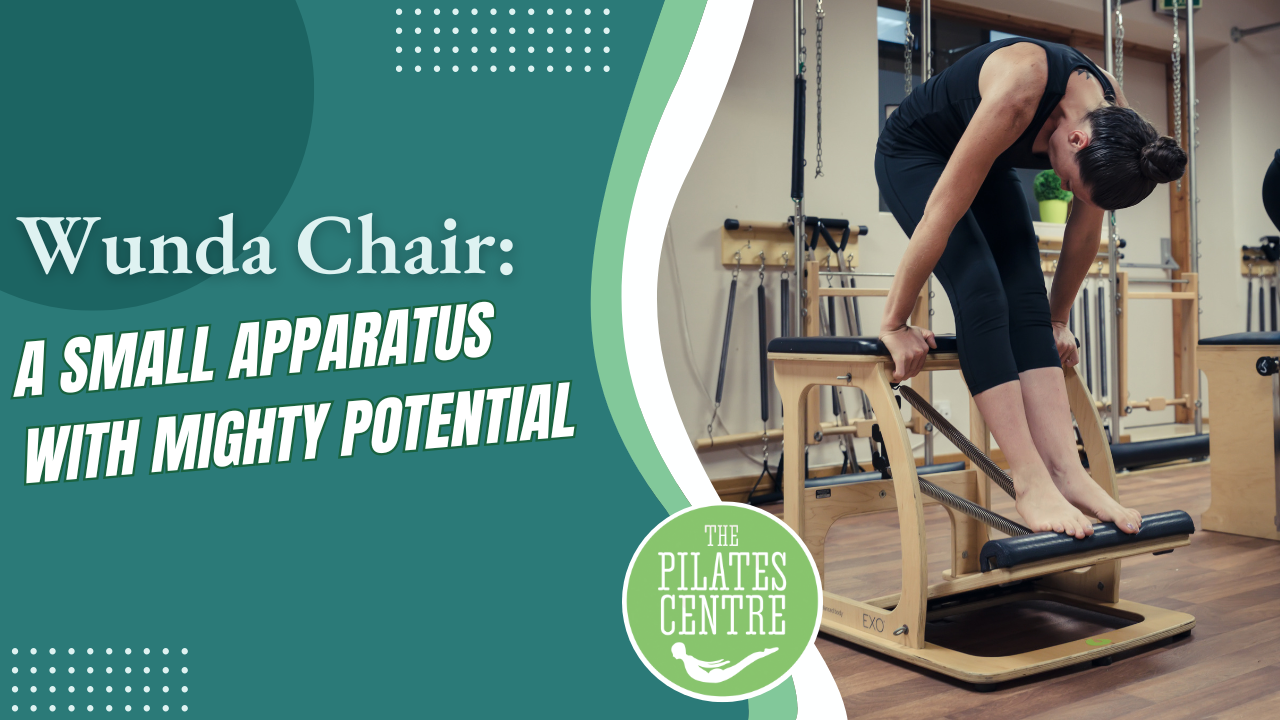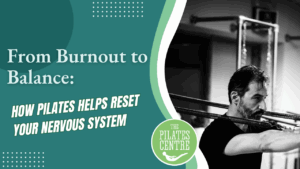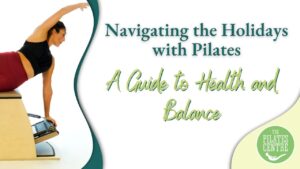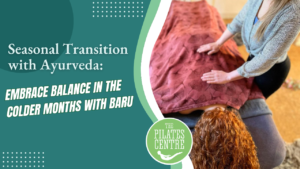Introduction
At first glance, the Wunda Chair might appear unassuming—a compact piece of furniture with wooden panels and metal springs. However, this remarkable apparatus is a cornerstone of the classical Pilates system, offering an unparalleled challenge that builds strength, control, and precision. Designed by the visionary Joseph Pilates, the Wunda Chair holds a unique place in Pilates history and continues to inspire practitioners with its versatility and intensity.
In this blog, we’ll explore the origins of the Wunda Chair, its role within the Pilates system, and why its seemingly simple design delivers an exceptional workout.
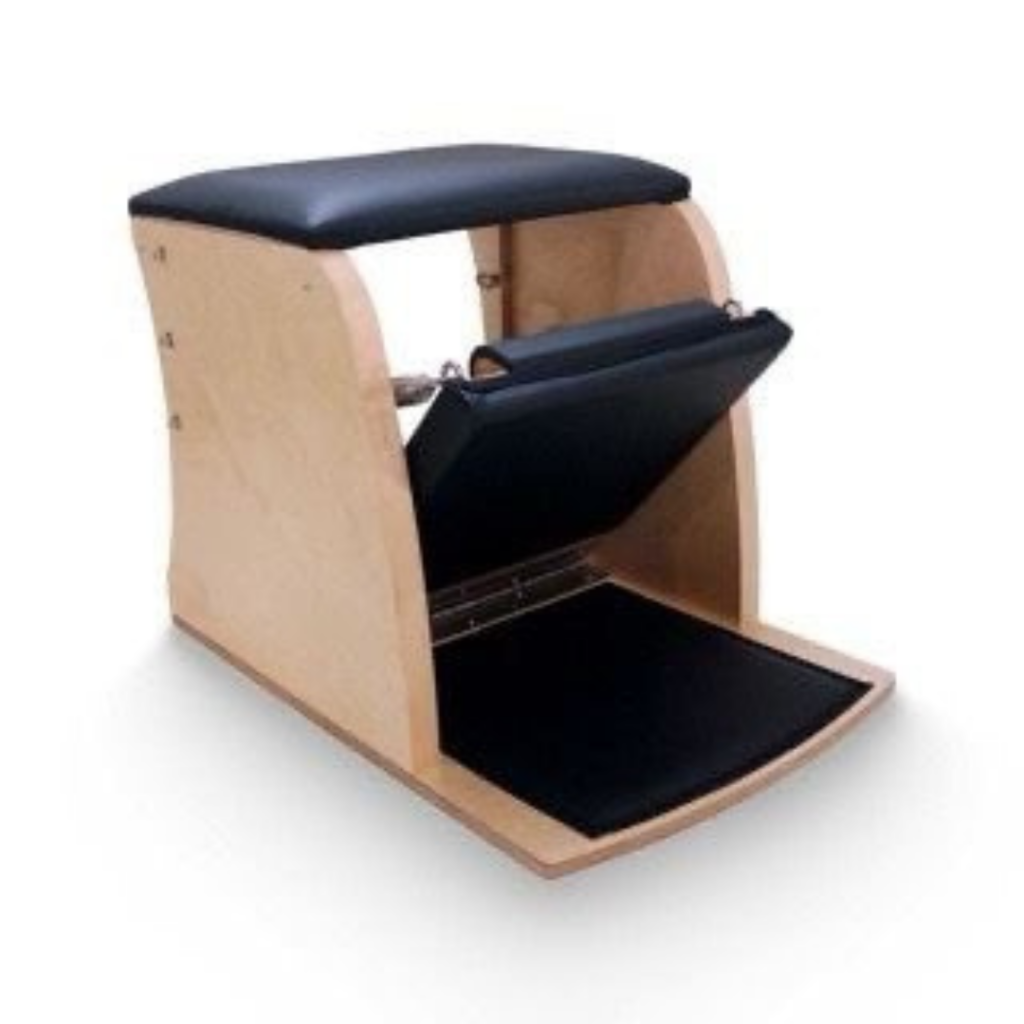

A Historical Innovation
The Wunda Chair stands out as one of Joseph Pilates’ most innovative creations. Originally conceived as the first in-home exercise equipment, this apparatus was designed to transition seamlessly between being a functional chair and a fitness tool. Historical footage from the 1930s shows Joseph Pilates demonstrating its dual functionality, impressing audiences with his ingenuity.
In its early days, the Wunda Chair was more than just a tool for fitness; it became a staple for Pilates practitioners during the annual August studio closures in New York. Clients were required to purchase a Wunda Chair and follow a prescribed set of exercises, ensuring they maintained their practice even outside the studio.
The Wunda Chair in the Pilates System
Every piece of Pilates apparatus serves a specific purpose, and the Wunda Chair is no exception. While the Reformer and Cadillac provide support and stability, the Wunda Chair emphasizes control and precision by challenging practitioners to defy gravity. Its compact size demands a high level of concentration and coordination, making it an excellent tool for refining skills learned on larger apparatus.
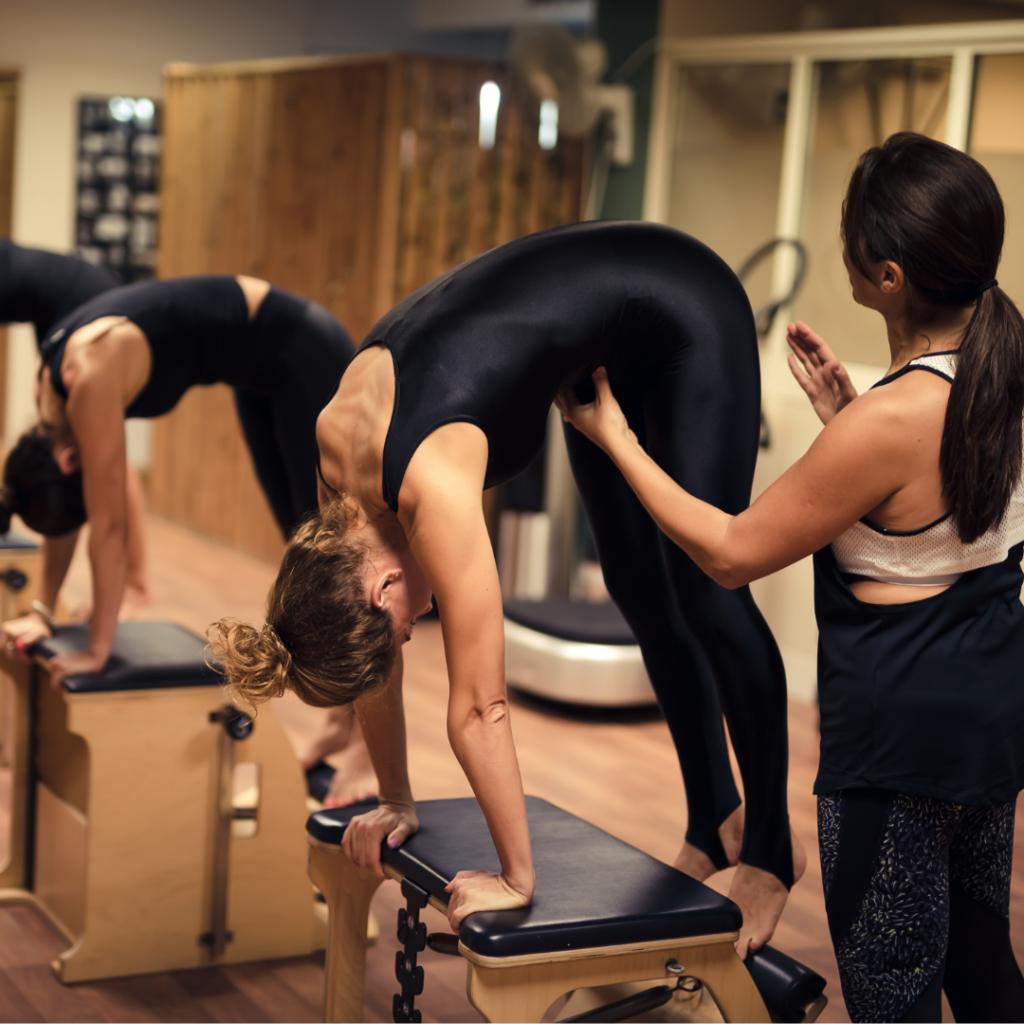
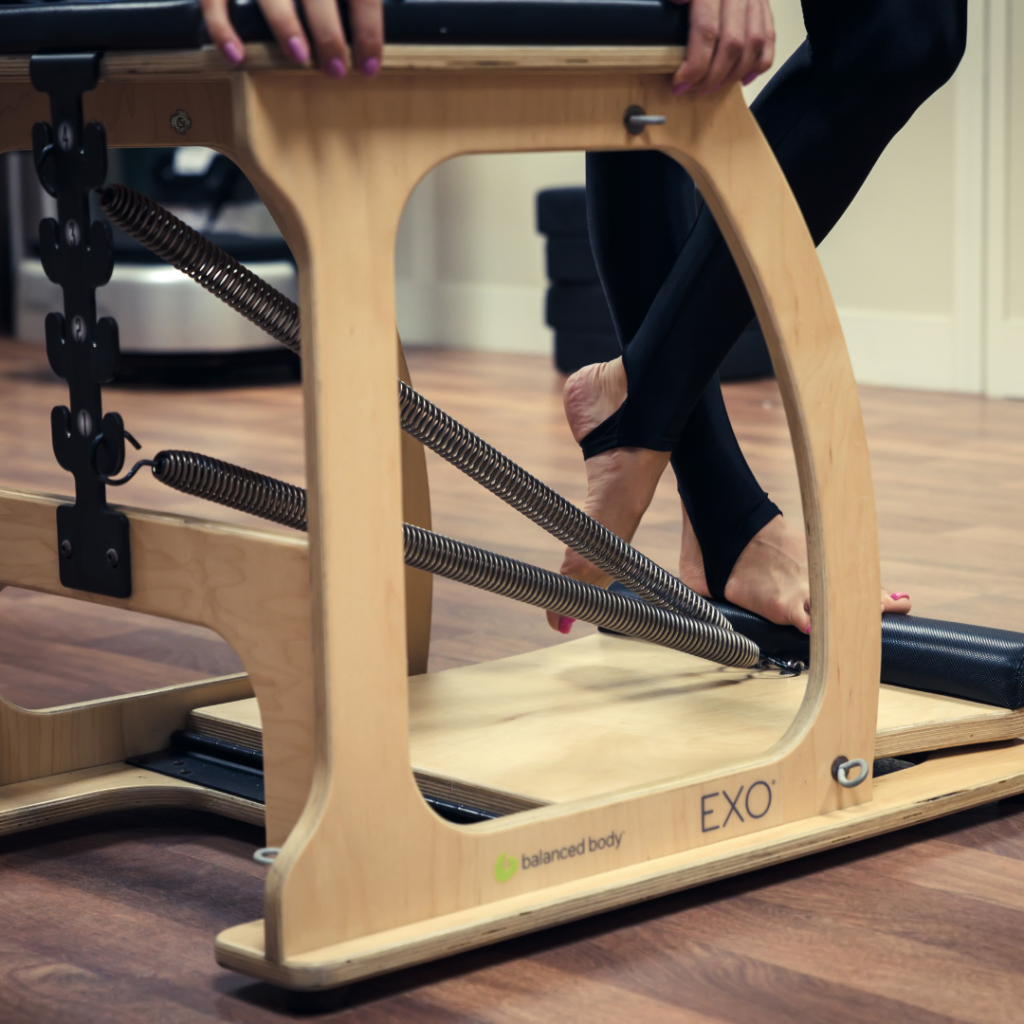
Exercises on the Wunda Chair are designed to enhance stamina, core strength, and balance. From the Pull-Up to advanced vertical-plane movements, the Chair takes familiar Pilates principles and elevates them—literally. For both beginners and seasoned athletes, the Wunda Chair offers a versatile and effective way to deepen their practice.
The Challenges and Rewards of the Wunda Chair
Despite its small size, the Wunda Chair is not for the faint of heart. Its limited surface area and minimal support mean every exercise requires heightened control and focus. Unlike the Reformer, where you can lie down and work against the springs in a horizontal plane, the Wunda Chair brings the action vertical, intensifying the effort required to perform even fundamental exercises.
For those new to the Chair, a gradual progression—starting with supportive apparatus like the High Chair—is recommended. Over time, practitioners can transition to a full Wunda Chair workout, cultivating strength and control that translates to other Pilates exercises.
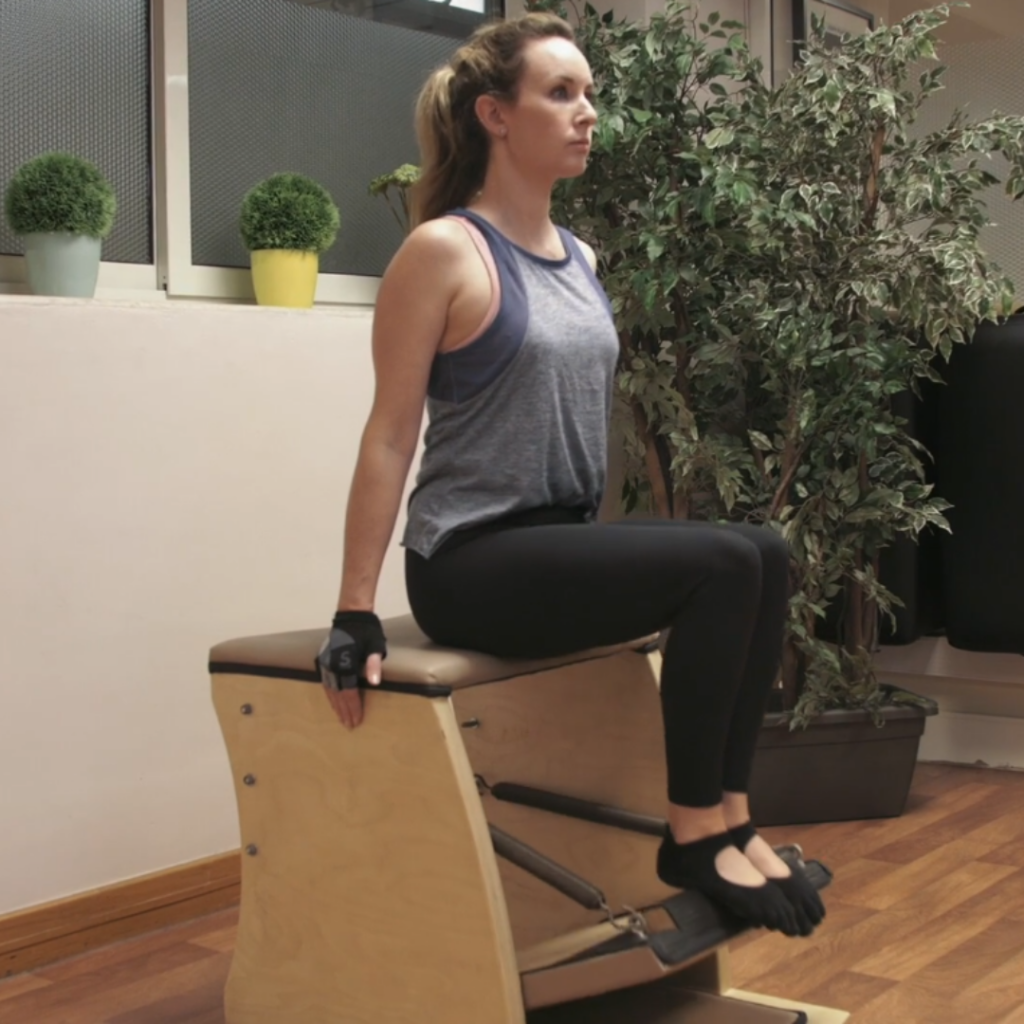

The Wunda Chair may be small, but its impact on the Pilates journey is monumental. As a testament to Joseph Pilates’ genius, this versatile apparatus continues to challenge and inspire practitioners of all levels. Whether you’re perfecting foundational moves or exploring advanced repertoire, the Wunda Chair offers a unique opportunity to build strength, control, and mastery over your practice.
Curious to try the Wunda Chair for yourself? Book a session at Pilates Centre today! Our experienced instructors are here to guide you through this extraordinary apparatus and help you achieve your fitness goals. Contact us at info@pilatescentre.es or call +34 610 30 60 05 for more information.

John McCallum
is an esteemed, Fully Certified Comprehensive Classical Pilates Teacher and takes immense pride as the proprietor of the distinguished Pilates Centre located in Jalon, Spain. His remarkable journey in the realm of Pilates commenced back in 2006, a pivotal juncture when he confronted the diagnosis of three slipped discs in his lower back. Pilates emerged as a beacon of profound hope and rejuvenation in his life. Instead of succumbing to the prospect of surgical intervention, Pilates gracefully assumed the role of his lifeline.
This transformative experience impelled him to make a resolute decision that would reshape his life’s trajectory. Following his journey to become a Pilates Teacher, he passionately extended the benefits he had personally garnered to those in need. This also took him to travel to other countries to continue to learn and have a fuller understanding of the method.
Fueled by an unwavering passion for Pilates, he has forged a dynamic collaboration with a reputable research institution. This strategic alliance enables him to deliver precise and illuminating insights, fostering support and empowerment for individuals interested in the power of this method. His literary contributions have garnered distinction within an array of esteemed global publications.
